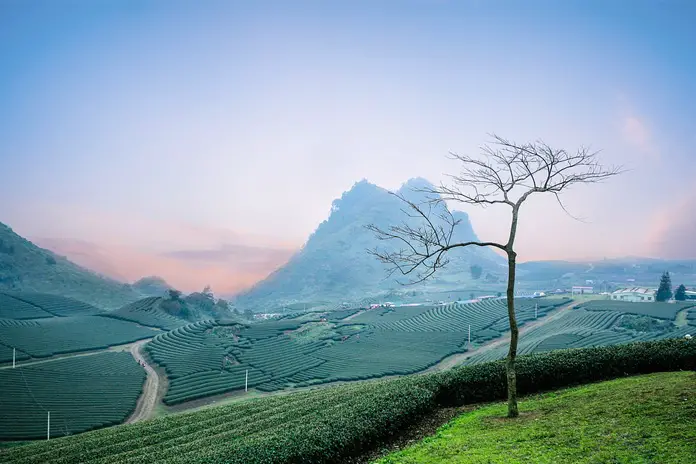Assam, the gateway to North-East India is known for its rich and diverse wildlife, amazing traditional cuisine, vibrant dance forms and its hospitality. Favourite among the travellers all over the world, Assam is so much more than a mere tourist destination.
Here are 12 facts about Assam that make it stand out from the rest of the Indian states
1. India’s largest shaktipeeth “Maa Kamakhya Temple”
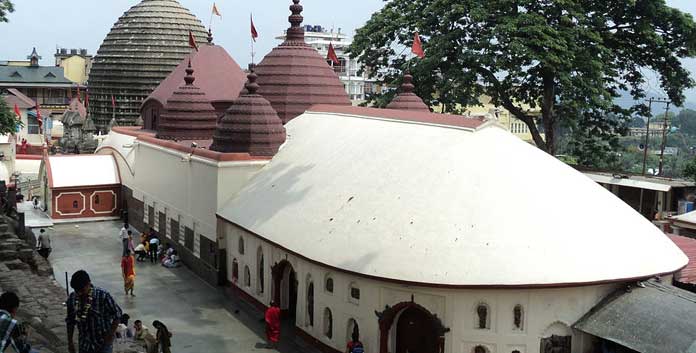
Maa Kamakhya of Guwahati is one of the oldest temples in India. There are 51 shakti peethas in different parts of India as well as in Pakistan, Nepal & Sri Lanka. The Kamakhya Shakti Peeth is considered as the most powerful shakti peeth, as yoni (va*i*a) of Goddess Sati had fallen on the Neelanchal parvat i.e. the Nilgiri hills, following splitting of the Goddess dead body. Since everyone comes to this world through ‘yoni’ that is why this place is considered as the center point of creating the whole Brahmand.
2. World’s Largest River Island “Majuli”
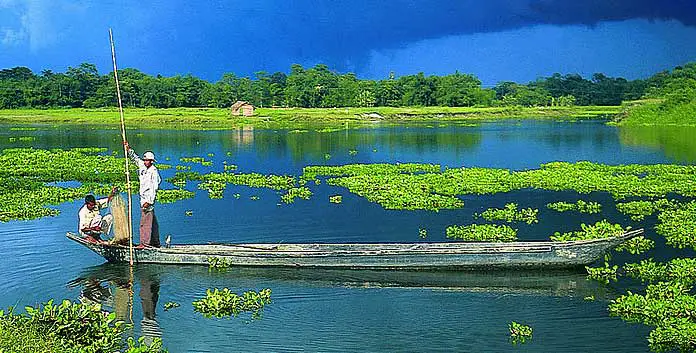
Majuli is recognized as the largest river island in the world. It is located on the Brahmaputra river near Jorhat, and encapsulates a lush green and pollution free environment. Majuli attracts a lot of tourists every year because of its scenic beauty, its vibrant culture, and the friendly people.
3. India’s Widest River “Brahmaputra”
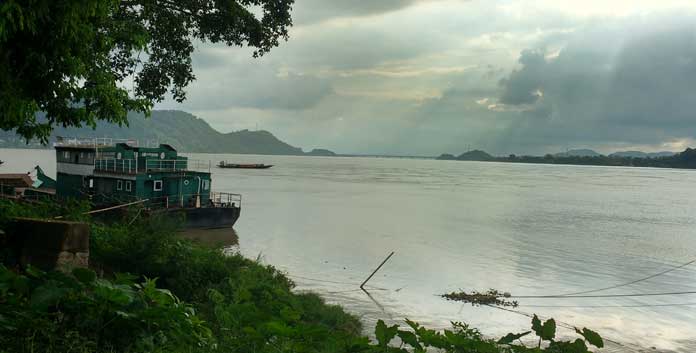
Brahmaputra is considered to be among the most majestic rivers in the world. The Brahmaputra enters India in the state of Arunachal Pradesh, where it is called Siang. It makes a very rapid descent from its original height in Tibet, and finally appears in the plains, where it is called Dihang. It flows for about 35 km (22 mi) and is joined by the Dibang River and the Lohit River at the head of the Assam Valley. Below the Lohit, the river is called Brahmaputra, enters the state of Assam, and becomes very wide—as wide as 10 km (6 mi) in parts of Assam.
4. World’s biggest weaving village “Sualkuchi”

Sualkuchi is a village in Kamrup district, which is often dubbed as the, “Manchester of Assam”, because of its huge cottage and textile industry. It is famous for producing high quality Mekhela Chadors and Gamosas which are indigenous to Assam.
5. Asia’s oldest amphitheater “Ranghar, Sibsagar”
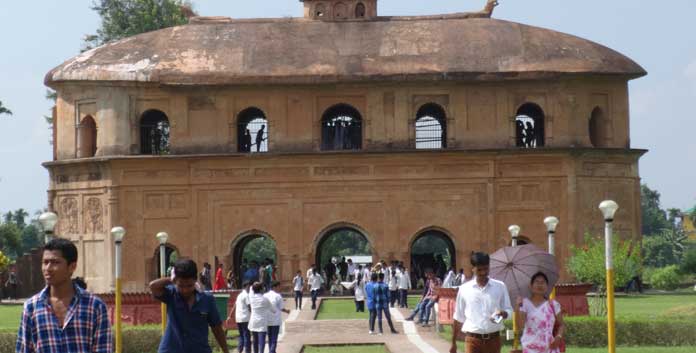
Ranghar is a historic monument located near the town of Sibsagar. It is believed that the monument was constructed around 1744-1750 AD, thereby making it one of the oldest. The Ranghar was used by the Ahom kings as a pavilion to witness games like buffalo fights, wrestling etc.
6. World’s highest one horned rhino population “Kaziranga”
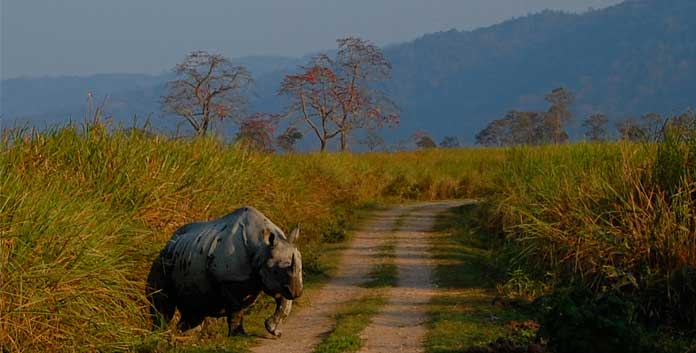
Assam is always inextricably linked with the Kaziranga National Park, and for good reason. Kaziranga is a bonafide World Heritage Site, and it is also home to two-thirds of the world’s great one-horned rhinoceroses. It is estimated that the population of Rhinos in the park is 2,401 as of 2015. Apart from the rhinos, Kaziranga is home to a rich variety of flora and fauna. It was also declared a Tiger Reserve in 2006.
7. World’s largest tea growing region “across the state”
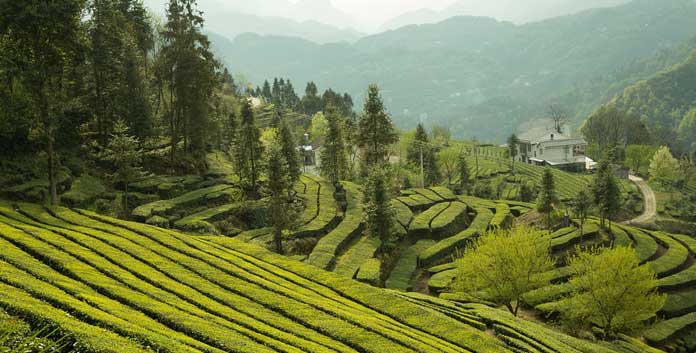
World’s largest tea growing state – Assam is considered the largest tea producing state in the whole world. Assam contributes more than 52 percent of the country’s total tea production.
8. India’s largest natural zoo “Assam State Zoo”
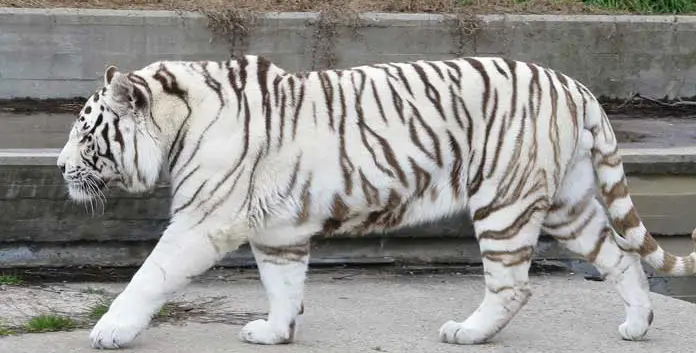
Assam State Zoo is the largest zoo in North East India, spread across 432 acres of land. It is situated in the capital city of Guwahati, and it is home to almost 113 species of animals and birds from all around the world. It attracts hundreds of visitors every day because of the large number of animals like Tigers, Himalayan Black Bears, Golden Langur etc.
9. India’s Tea Capital “Jorhat”
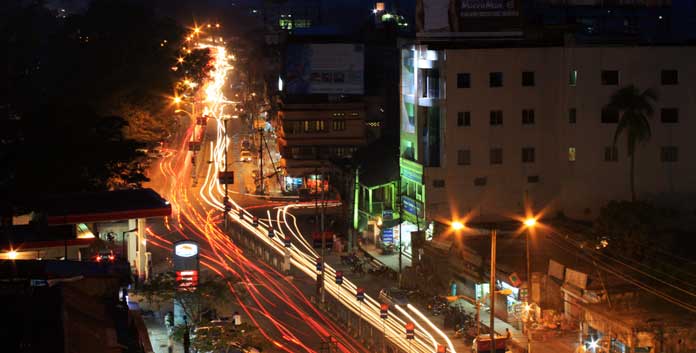
Jorhat is a major city and district in upper Assam. It is widely referred to as the, ‘Tea Capital of India’. It was the last capital of the Ahom dynasty and is home to some of the oldest historical monuments of Assam. Jorhat produces large quantities of tea which is exported to different countries.
10. Asia’s oldest refinery and birthplace of crude oil “Digboi”
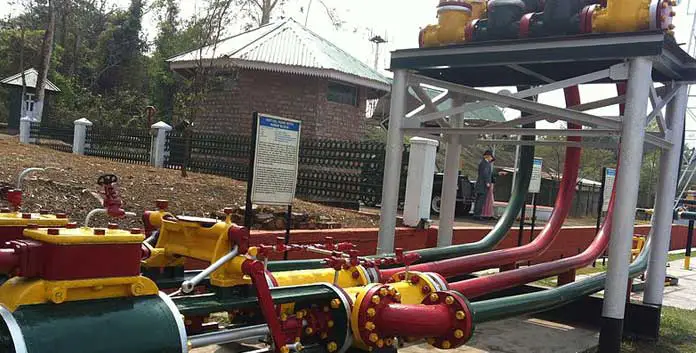
When railway tracks were being laid during the 18th century, oil traces were found in Digboi, which led to the first oil well being dug in the city. Because of this, Digboi is also known as the oil city of Assam. Digboi has the oldest oil well in operation. Apart from oil, Digboi is also famous for the Saikhowa Wildlife Sanctuary, the Golf Course and its War Cemetry.
11. India’s first 5 star river cruise “M.V. Mahabaahu” on Brahmaputra
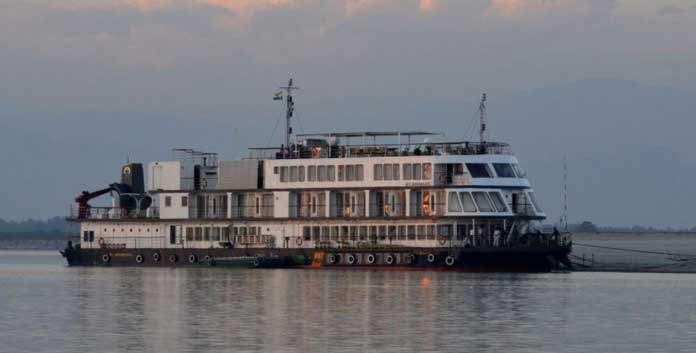
The basic idea behind cruising across the shores of a river is to derive utmost pleasure, and there is no better way to cruise off the Brahmaputra coast than to board the M.V Mahabaahu. It was built in Kolkata with state of the art facilities, which includes Cabins with very Assamese decor of silk panels in golden Muga, Bathrooms/showers with branded quality furnishings & fittings, Central AC with individual control and others.
12. India’s longest bridge “Bhupen Hazarika Bridge”
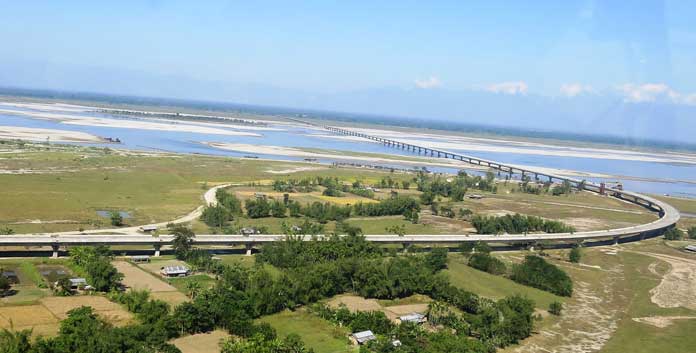
This bridge was inaugurated by our Prime Minister on 26th May. It has been renamed after Assam’s iconic singer Dr Bhupen Hazarika. The total length of the bridge is 9.15 km, making it the longest bridge in India.
All Images via (except MV Mahabahu) /wikimedia.org Mahabahu image via www.mahabahucruiseindia.com

